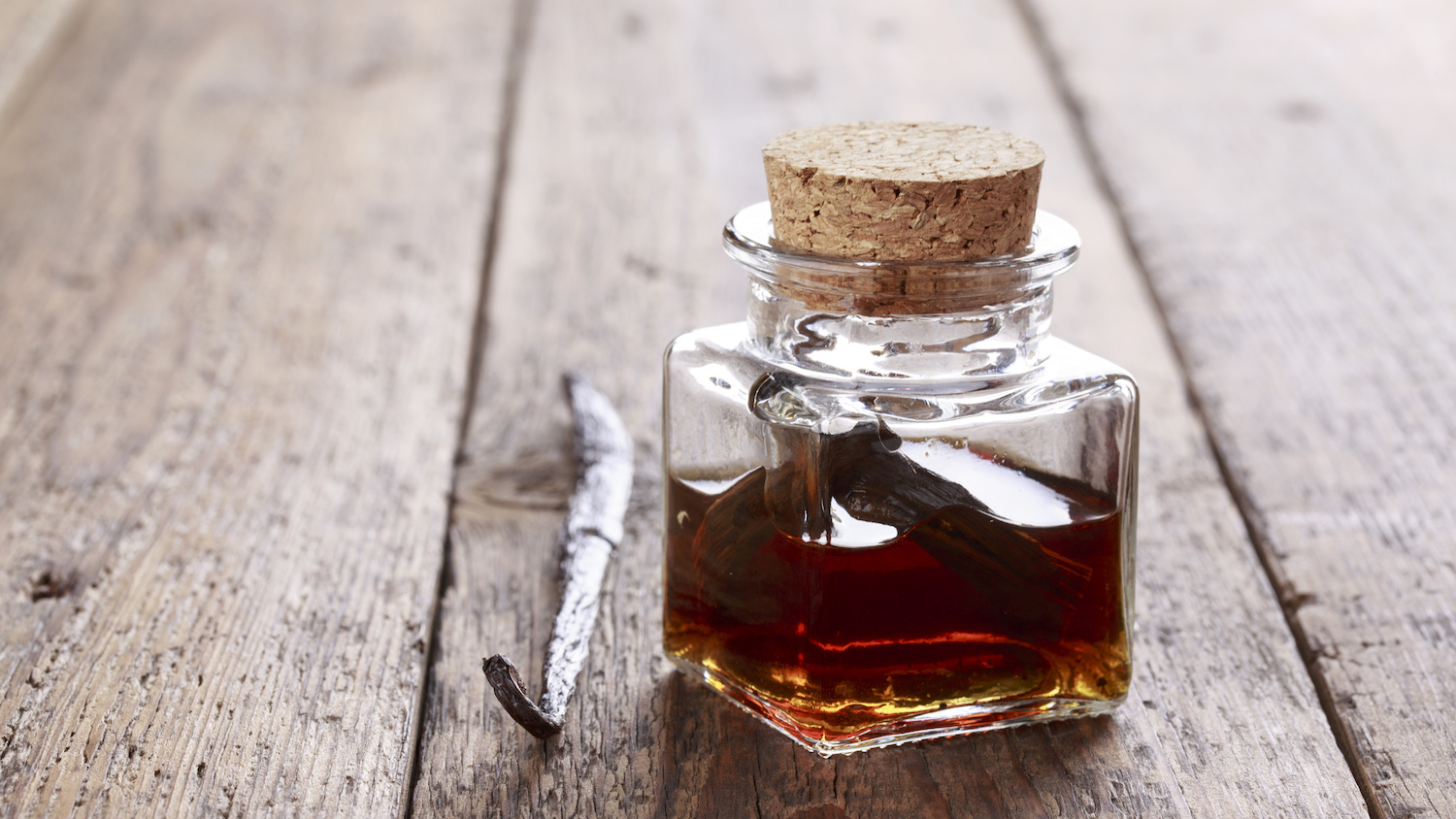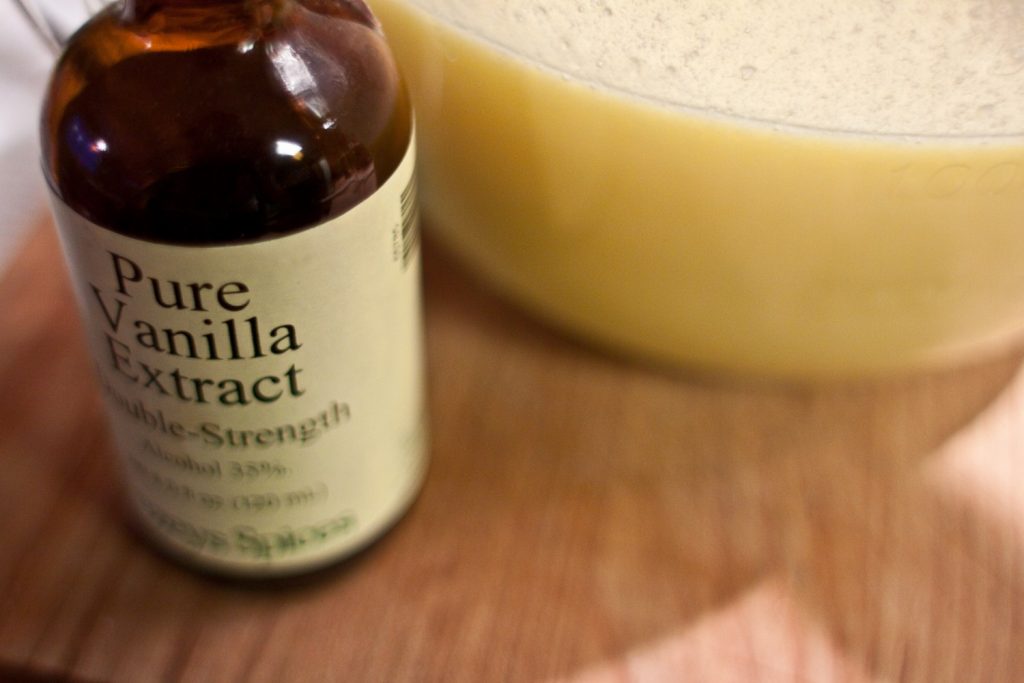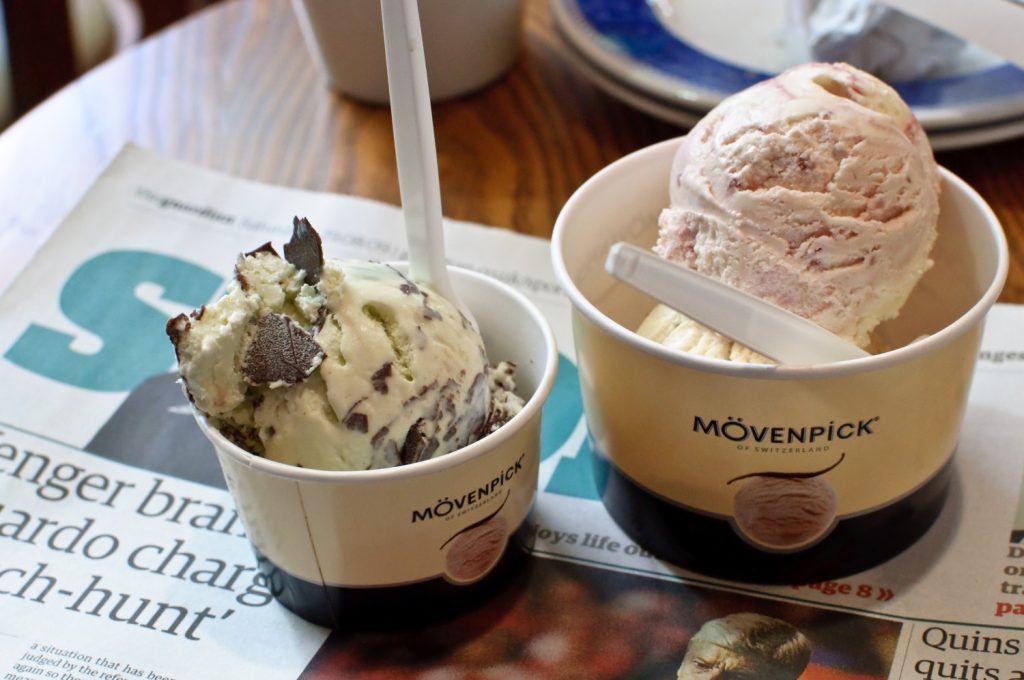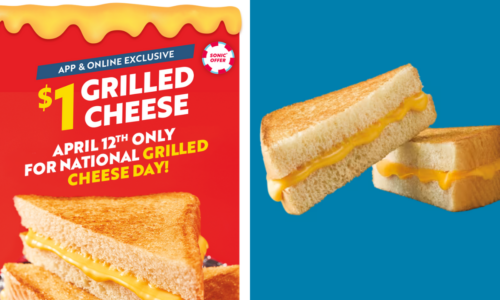Have you noticed the price of vanilla has been climbing in recent years? Consumer experts are warning cooks everywhere that they might want to consider stocking up on vanilla, as the world continues to face a shortage of this popular spice.
This mess all started when a massive cyclone hit Madagascar—which supplies the vast majority of the world’s natural vanilla—heavily damaging the island nation’s crops. In 2017, Cyclone Enawo not only killed and injured many people in Madagascar, but it also displaced others and caused costly damage to many farms.
The storm’s damage to the country’s vanilla crops has caused a global shortage of the spice, driving prices to unseen levels. It’s been a nightmare for professional bakers. One pastry chef in Edmonton, Alberta told the Canadian Broadcasting Corp. that she’s paying more than twice as much for Madagascar vanilla today as she did in 2016.
Ice cream makers have also been hit hard by the shortage. Last year, there were widespread reports of American ice cream shops having to eat the cost of the vanilla price increase, rather than try to pass it on to their customers. But if the price for vanilla continues to rise, it’s likely it could force ice cream prices to rise as well.
Global sweets giant Nestle raised the price of its Movenpick brand ice creams in Switzerland by 2.5 percent because of the rising cost of vanilla.
At the beginning of 2018, vanilla prices started slowly dipping in anticipation of a large crop planted in Madagascar following the cyclone. That news led at least one food trade publication to state that the vanilla shortage was “not as bad as expected.” But, in late March, vanilla prices were back at an all-time high because of uncertainty over that crop. The effectiveness of Madagascar’s latest vanilla crop won’t be known until June.
So why don’t they just use artificial vanilla? Synthetic vanilla is obviously much cheaper to produce than all-natural vanilla—which requires a delicate and perfectly timed extraction process—but the quality isn’t nearly as high. Also, as consumers have moved away from artificial flavors, there has been a stronger demand for real vanilla, which leaves chefs and business owners with a tough decision to make.
By the way, if you’re cooking at home and need a substitute for vanilla, bourbon or rum make a great substitute!
Would you settle for artificial vanilla if it meant lower prices?









